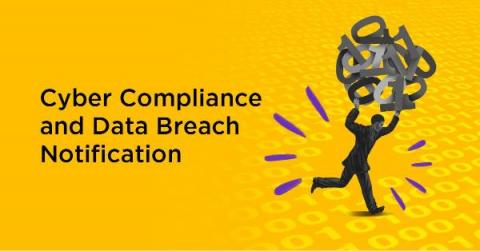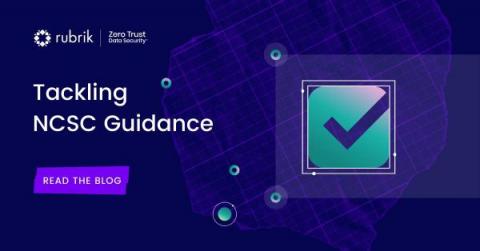Choosing the Right Metadata Store: Part 3
Part 1 of this series covered the challenges Rubrik initially faced with its distributed database. Our applications had become quite complex to work around some of these challenges. Part 2 of this series covered how we chose a new distributed database (CockroachDB), and how we performed the migration. Next, we will dive into some of the challenges we faced after migrating to CockroachDB and how we developed on top of CockroachDB to mitigate them.








